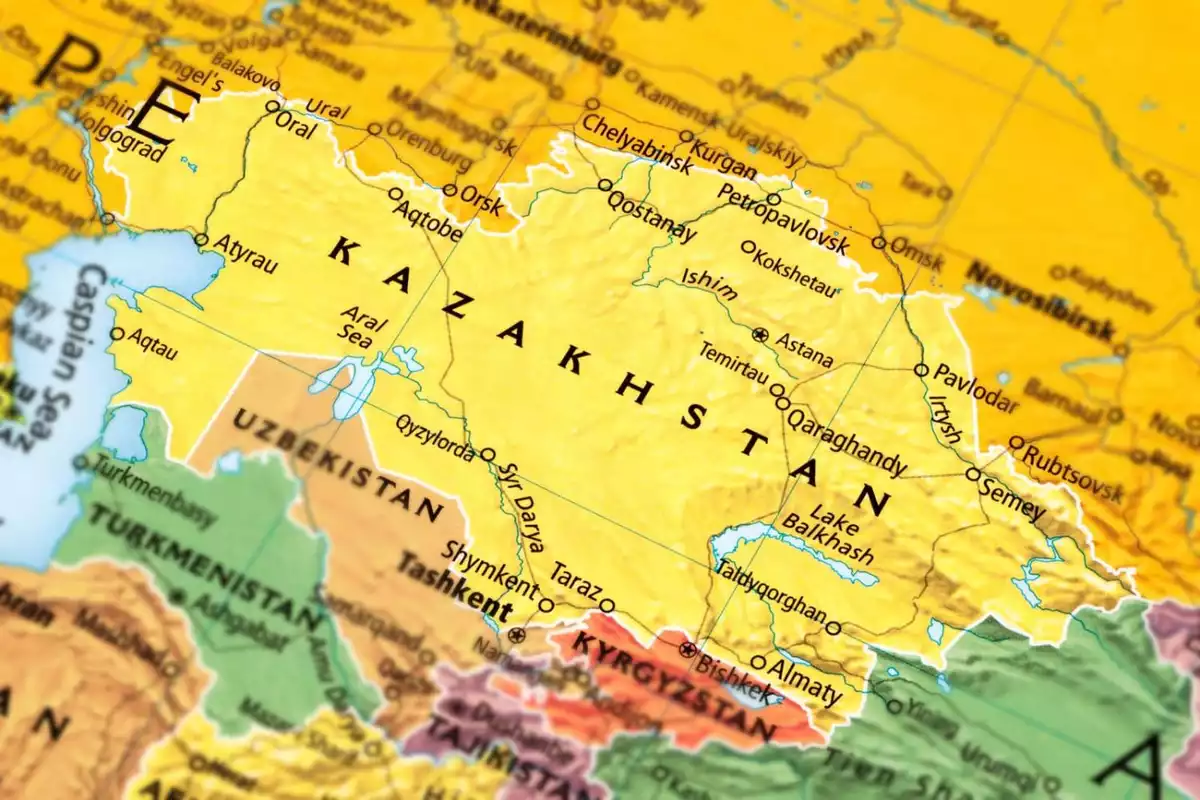
Getty images
Though 2025 is not yet halfway through, Central Asia has already positioned itself as a key arena for global diplomatic activity.
Rich in natural resources and strategically positioned between global powers, the region has attracted increasing interest from the European Union, China, Russia, and others. Kazakhstan, Uzbekistan, and their neighbors are asserting greater agency, pursuing multi-vector foreign policies, and striving to capitalize on evolving geopolitical dynamics, The Caspian Post reports citing The Times of Central Asia.EU-Central Asia: A New Chapter
Amid regular annual meetings, a landmark event this year was the inaugural EU-Central Asia Summit, held in Samarkand, Uzbekistan, on April 3-4. Leaders of all five Central Asian states met with European Council President António Costa and European Commission President Ursula von der Leyen. Discussions centered on infrastructure development, including the Trans-Caspian route, digitalization, energy security, and water resource management. The summit concluded with a pledge to sign an Enhanced Partnership and Cooperation Agreement.
This meeting was facilitated by a reconfiguration of global alliances. U.S. President Donald Trump’s new tariff policies and the evolving relationship between Washington and Moscow have led European leaders, unwilling to restore ties with Russia, to seek new partnerships. Central Asia, with its strategic position and investment potential, is increasingly appealing.
Kazakhstan and Uzbekistan, the region’s economic leaders, are particularly eager to attract foreign capital. The EU represents a possible source, though Russian analysts remain skeptical about Europe’s ability to dislodge Russian and Chinese influence. For instance, Mikhail Neizhmakov of the Russian Agency for Political and Economic Communications noted that while von der Leyen spoke of a €12 billion Global Gateway investment package, China is the largest exporter of investment in the Eurasian region, with accumulated direct investment of $58.6 billion at the end of the first half of 2024, according to the Eurasian Development Bank.
Security Discourse and Russian Narratives
In addition to the EU summit, the region hosted other key diplomatic events, such as the Digital Forum in Almaty earlier this year, which was attended by Russian Prime Minister Mikhail Mishustin. Another major gathering was the CIS Council of Foreign Ministers, held on April 11, also in Almaty. Ministers approved a 2025 consultation plan and adopted joint statements on regional security, humanitarian cooperation, and opposition to unilateral sanctions.
Kazakhstan: A Regional Diplomatic Hub
Kazakhstan has so far distinguished itself as Central Asia’s foremost diplomatic player in 2025, hosting high-level visits and spearheading regional engagement. In January, Prime Minister Mishustin visited Astana and Almaty. February saw King Abdullah II of Jordan meet with President Kassym-Jomart Tokayev to discuss investment and humanitarian cooperation.
In March, President Tokayev welcomed his Slovenian counterpart, Nataša Pirc Musar, who expressed interest in expanding bilateral trade. French President Emmanuel Macron is also preparing to visit Kazakhstan later this year, reinforcing France’s strategic interest in the region. In June, meanwhile, Chinese President Xi Jinping is scheduled to attend the second Central Asia-China Summit in Astana, where trade and investment will top the agenda.
Navigating a New Geopolitical Order
Today, Central Asia represents a vital intersection of East and West. The region’s intensifying foreign policy engagements reflect both a reaction to global instability and a proactive push to craft a resilient development model, one based on diversified partnerships and strengthened regional collaboration.
Leaders in Kazakhstan and Uzbekistan continue to demonstrate pragmatic, flexible diplomacy, seeking to avoid overreliance on any single global power while bolstering their regional and international influence. In a world increasingly defined by geopolitical turbulence, Central Asia is steadily transitioning from a passive periphery to an active player on the global stage.
Share on social media